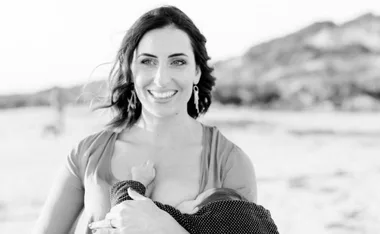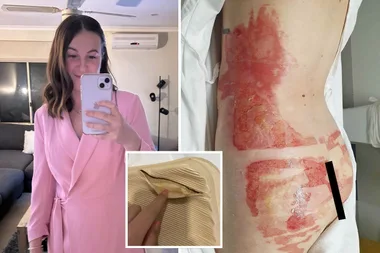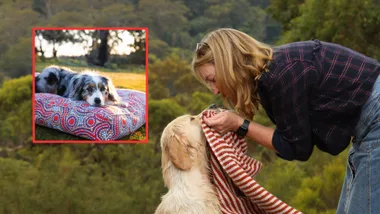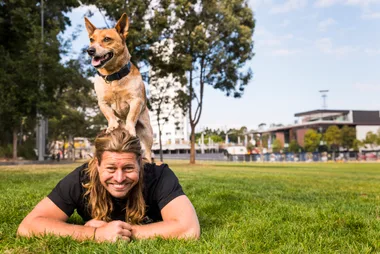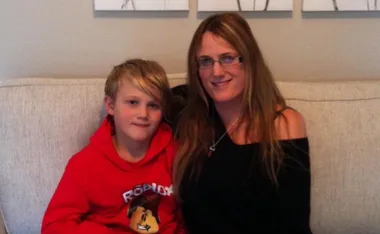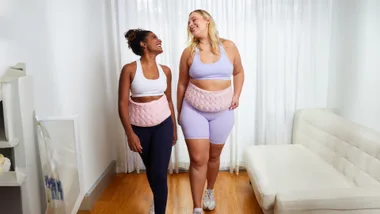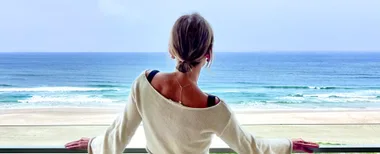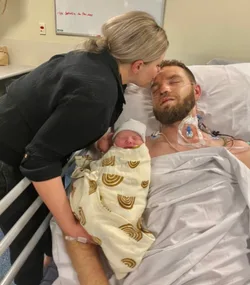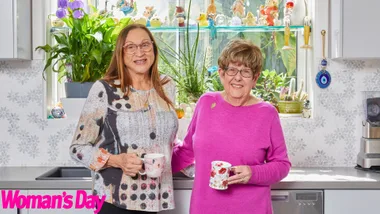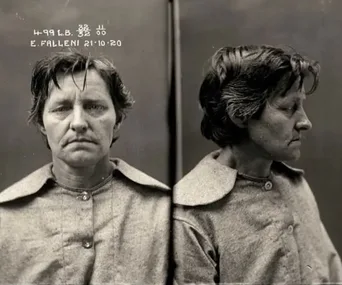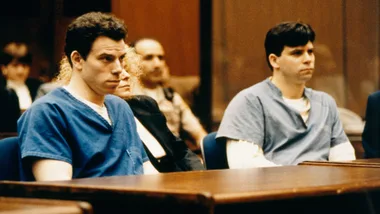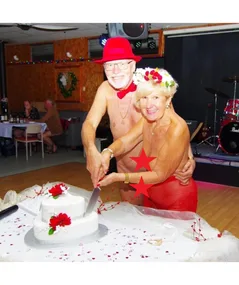Eating and exercising to suit your personal body type may be the secret to maintaining weight and boosting your overall health.
If you’ve battled the bulge, the chances are you’ve toyed with a fad diet or two. Who hasn’t? In our want-everything-now world, any quick-fix weight loss always seems like a good idea at the time.
The trouble with that, according to cardiologist Dr Ross Walker, is that none of them work in the long-term, so we all just get fatter.
What does work, says Dr Walker in his new book Diets Don’t Work, is following simple health principles — and those for your particular body type.
“Why do some people enjoy savoury foods while others prefer sweet?” he says. “Why are some people constantly hungry while others forget to eat? Why do some people crave exercise while others need a gun to their head before they move? The answer is, we’re all different — so it’s vital to individualise our health advice and reject the one-size-fits-all diets.”
The body-typing theory is nothing new. But Dr Walker believes if you can figure out which “type” you are, you’re on the way to finetuning your shape and your health.
“There are four major glandular systems in women, which determine body shape, dietary predilections, a lot of characteristics, even what kind of weather you like,” he says.
“Around 75 percent of us fit into a specific type — and food cravings are a big clue.”
Stress is thought to overstimulate your dominant gland by releasing and depleting the body of certain hormones, which can then lead to cravings and more weight gain.
“What you crave is the worst food for you,” Dr Walker says. “It’s what you should avoid because it’ll overstimulate your primary gland and put your body out of balance.”
We detail body types below, and tell you how to avoid problems in the first place.
By Rachel Smith
Controller or C-type
If you put on weight all over, like Kelly Osbourne does, you could be a classic C-type. “These types are either very short or very tall,” Dr Walker says. “They don’t tend to be of average height, and they tend to have round heads and young faces. When they put on weight, they tend to put it on everywhere.”
Major craving
Dairy products.
“A C-type is much better off on a higher-protein, high-fat, low-carb and lower-dairy diet,” he says.
Best workout
Cardiovascular/aerobics with muscle conditioning.
Adrenal or A-type
Classic A-types look like Pamela Anderson — big breasts and no hips. “A-types have an average body build,” Dr Walker explains. “They’re usually perfectionists, and if they put on weight it’s around the trunk. If you are a female A-type and you put on weight, it’ll go to your breasts. You won’t get big legs.”
Major craving
Red meat, which overstimulates the adrenal gland. You’re much better off with fruit and vegetables, wholegrains and lean meat.
Best workout
Cardiovascular conditioning.
Thyroid or T-type
Do you look like The OC star Mischa Barton? Half your luck — you’re what’s known as a T-type. “They’re skinnier, with long arms, no hips or breasts, and tend to have a pointy face,” Dr Walker says. “They find it hard to put on weight, but if they do it’s around the middle.”
Major craving
“T-types love sweets, carbs — they’re chocoholics. They crave pasta. Again, carbs are the worst thing for them.” Go for protein, vegies and low-GI carbs.
Best workout
Cardio/aerobics with strength/endurance training.
Gonadal or G-type
“The classic G-type is Serena Williams [right] or Jennifer Lopez — women who put on weight around their hips. Aerobic work will help burn the fat, but if you do too much lower body muscle-strengthening, it will emphasise that region.”
Major craving
Spicy, creamy foods. They “overstimulate the ovaries and help put on weight around your hips.” Stick to fruit and vegies, low-fat dairy, low-GI carbs and lean meat.
Best workout
Fat-burning cardio and upper-body strengthening to create proportion.
Dr Walker’s health principles
- The in/out principle
“The kilojoules you take in should be less than the kilojoules you burn. So cut back on what you eat by around 30 percent, use smaller plates, don’t have second helpings and avoid unnecessary food like the morning doughnut or afternoon biscuit. Increase your incremental activity, and break into a sweat for about 30 minutes, 4-5 times a week.”
- The convenience principle
“The more packaged a food is, the more chance it’s causing you harm. If it’s in a box or container or has a use-by date, it’s not good for you.”
- The paolithic principle
“If you can kill it and eat it straight away or grow it in your backyard, it’s good for you. After that, all bets are off. So basically what I’m saying is, eat more natural foods and avoid anything processed.”
- The 19 out of 21 principle
“Feeling sentenced to a way of living is why diets don’t work. So, for 19 out of the 21 meals every week, you should follow the program set out in Diets Don’t Work — the other two, you do what you like. If you know you have two meals a week where you can eat pizza or have ice-cream, you know you can maintain it for the rest of your life.”
- The movement principle
“You cannot lose weight without moving — so move as much as you can. Walk up stairs, park away from the shopping centre … walk wherever you can, even if you’re stuck in an office all day. Don’t send e-mails to the person in the next office. Get up and talk to them!”
Diets Don’t Work, rrp $32.95, Pan Macmillan Australia.




